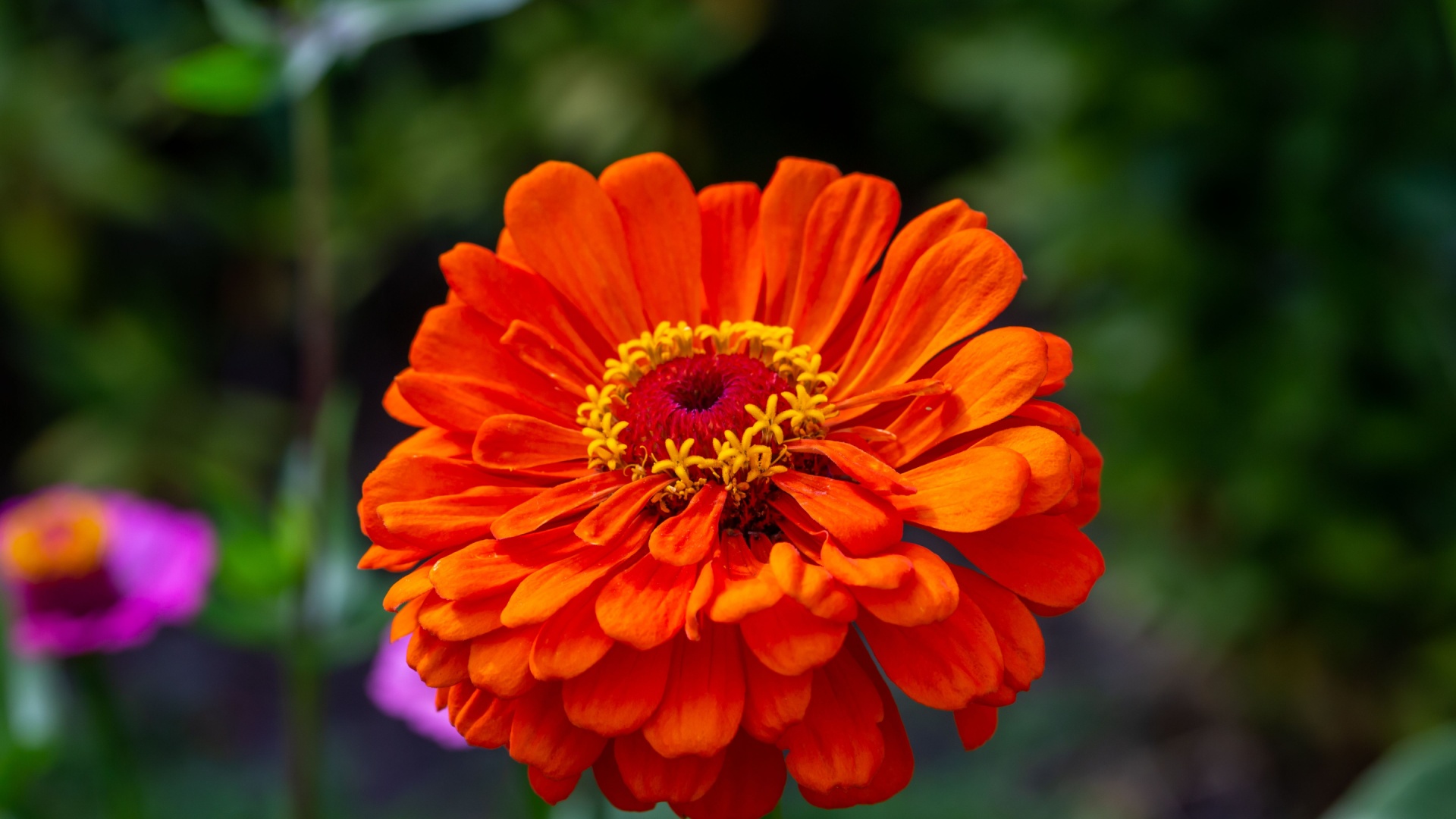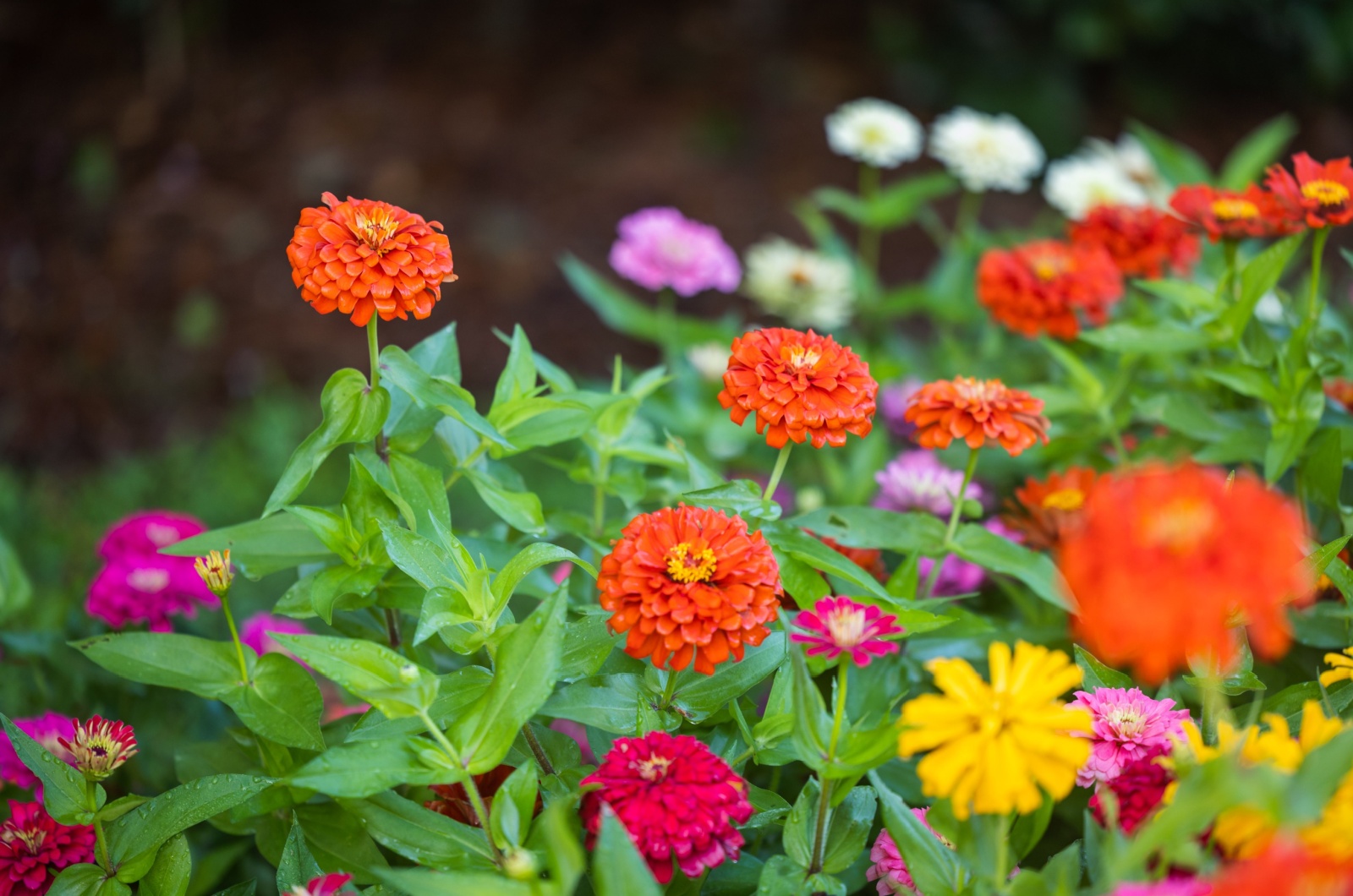I was honestly pretty nervous when I first tried growing zinnia flowers from cuttings. I was worried I’d mess things up and end up with no zinnias in my garden.
But after following a water-propagation guide, I was pleasantly surprised by how well they turned out. Watching the roots develop in water was like a preview of success, showing me exactly when my zinnia cuttings were ready for the soil.
Once they’re ready, all that’s left is to plant them and give them some love and care. I’ve been repeating this process for a few years now, and my garden is now bursting with beautiful zinnias!
What you have to do first is…
Grab Your Pruning Shears And Get To Cutting
No worries, propagating zinnias from cuttings is easy-peasy!
Start by grabbing some sharp garden shears. Then, cut a healthy 4 to 6-inch piece from the top of your zinnia plant, just below a node.
My advice? Try to avoid flowers or buds on the stem – this helps the plant focus on growing roots. If you do have flowers or buds, just clip them off.
Next, remove the leaves from the bottom half of the stem (this prevents too much water loss). If any large leaves remain, cut them in half.
The last thing you should do is put the cutting in a jar of water, covering just where the leaves were removed. Place the jar in a sunny spot.
In a few weeks, you should see roots growing. And once they do, it means that your cutting is ready to be potted in soil.
Not sure how to plant them in the soil? This might help you: How To Plant And Grow Zinnia Flowers
Then, Give Your Zinnias The Best Growing Conditions
Once your zinnia cutting has taken root, it’s time to give it the care it needs to thrive and keep blooming for seasons to come.
Here’s a simple guide to keep your zinnias happy and healthy:
1. Planting spot: Choose a sunny location where your zinnias can get at least six hours of sunlight each day. They love well-drained soil, which is why I always make sure my garden bed isn’t too soggy. I also like to plant some zinnia companion plants nearby.
2. Spacing: Give each zinnia some breathing room. Proper spacing allows for good air circulation, which helps prevent powdery mildew. Zinnia stems are a bit hairy and can be prone to this pesky problem.
3. Watering: Water your zinnias in the morning or at the base of the plant to avoid mildew issues. Even though zinnias are pretty drought-tolerant, a regular watering schedule will keep them blooming their brightest.
4. Growth: Depending on the variety, zinnias can grow from 8 inches to 4 feet tall. They’ll adorn your outdoor space with gorgeous blooms from spring through fall.
Don’t rush anything and wait until they are fully ready to grow in the soil. Then, give them exactly what they need and watch your zinnias become the stars of your garden!
Also read: A Complete Guide Through All The Zinnia Growth Stages



